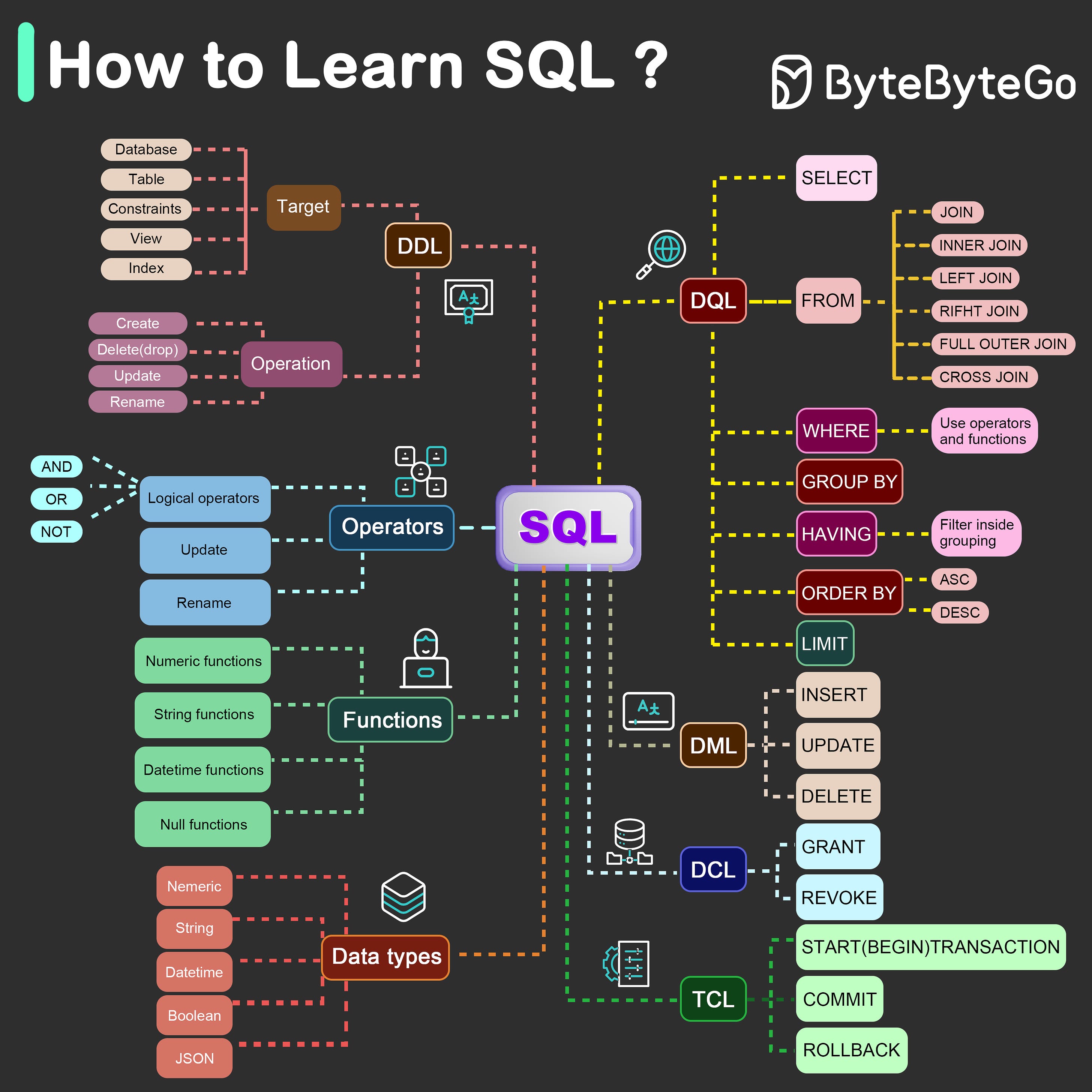- Mailing Lists
- in
- A Crash Course on Cell-based Architecture
Archives
- By thread 5360
-
By date
- June 2021 10
- July 2021 6
- August 2021 20
- September 2021 21
- October 2021 48
- November 2021 40
- December 2021 23
- January 2022 46
- February 2022 80
- March 2022 109
- April 2022 100
- May 2022 97
- June 2022 105
- July 2022 82
- August 2022 95
- September 2022 103
- October 2022 117
- November 2022 115
- December 2022 102
- January 2023 88
- February 2023 90
- March 2023 116
- April 2023 97
- May 2023 159
- June 2023 145
- July 2023 120
- August 2023 90
- September 2023 102
- October 2023 106
- November 2023 100
- December 2023 74
- January 2024 75
- February 2024 75
- March 2024 78
- April 2024 74
- May 2024 108
- June 2024 98
- July 2024 116
- August 2024 134
- September 2024 130
- October 2024 141
- November 2024 171
- December 2024 115
- January 2025 216
- February 2025 140
- March 2025 220
- April 2025 233
- May 2025 239
- June 2025 303
- July 2025 173
Three reasons to attend our API insights webinar on 18 June
Do you know which generations are most eager to travel?
A Crash Course on Cell-based Architecture
A Crash Course on Cell-based Architecture
Latest articlesIf you’re not a subscriber, here’s what you missed this month. To receive all the full articles and support ByteByteGo, consider subscribing: No one wants to sail in a ship that can sink because of a single hull breach. This led to the development of bulkheads, which are vertical partition walls that divide a ship’s interior into watertight compartments. Cell-based architecture attempts to follow the same concept in software development. In cell-based architecture, there are multiple isolated instances of a workload, where each instance is known as a cell. There are three properties of a cell:
For example, imagine a web application that handles user requests. In a cell-based architecture, multiple cells of the same web application would be deployed, each serving a subset of the user requests. These cells are copies of the same application working together to distribute the workload. This approach reduces the blast radius of impact. If a workload uses 5 cells to service 50 requests, a failure in only one cell means that 80% of the requests are unaffected by the failure. In other words, failure isolation is the biggest benefit of a cell-based architecture. In this post, we will learn about the various aspects of cell-based architecture and its various components in more detail. What is a Workload?... Continue reading this post for free, courtesy of Alex Xu.A subscription gets you:
© 2024 ByteByteGo |
by "ByteByteGo" <bytebytego@substack.com> - 11:36 - 13 Jun 2024

